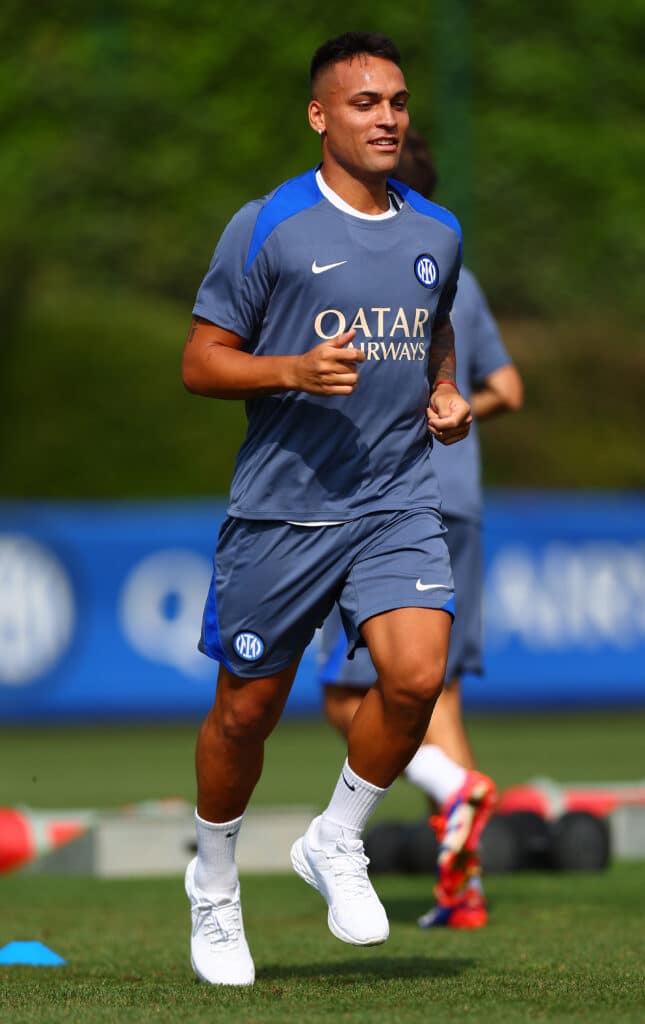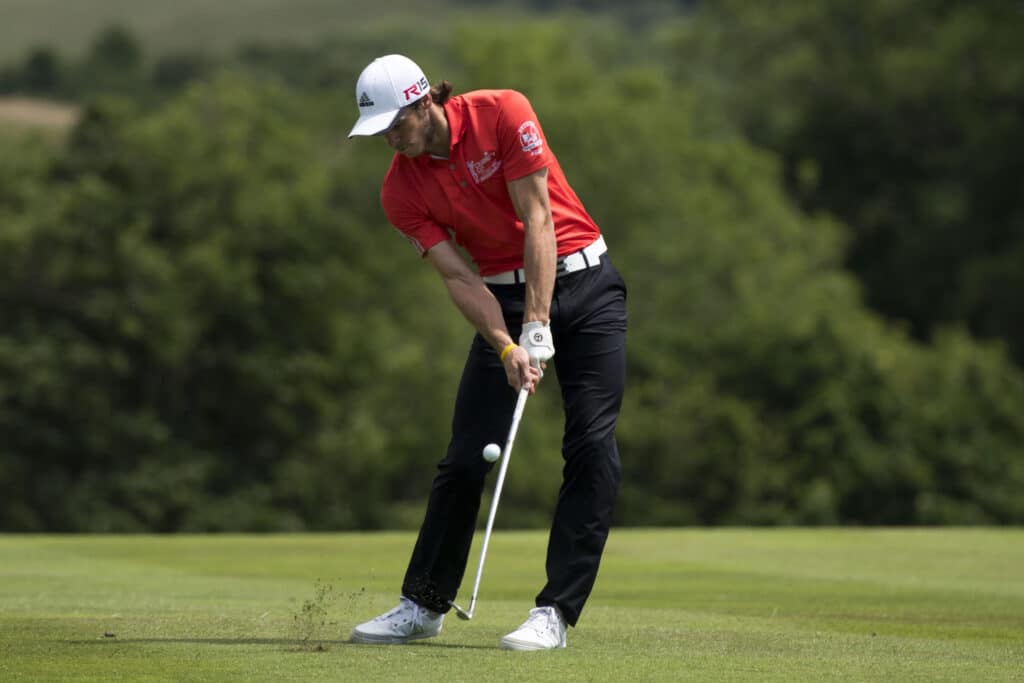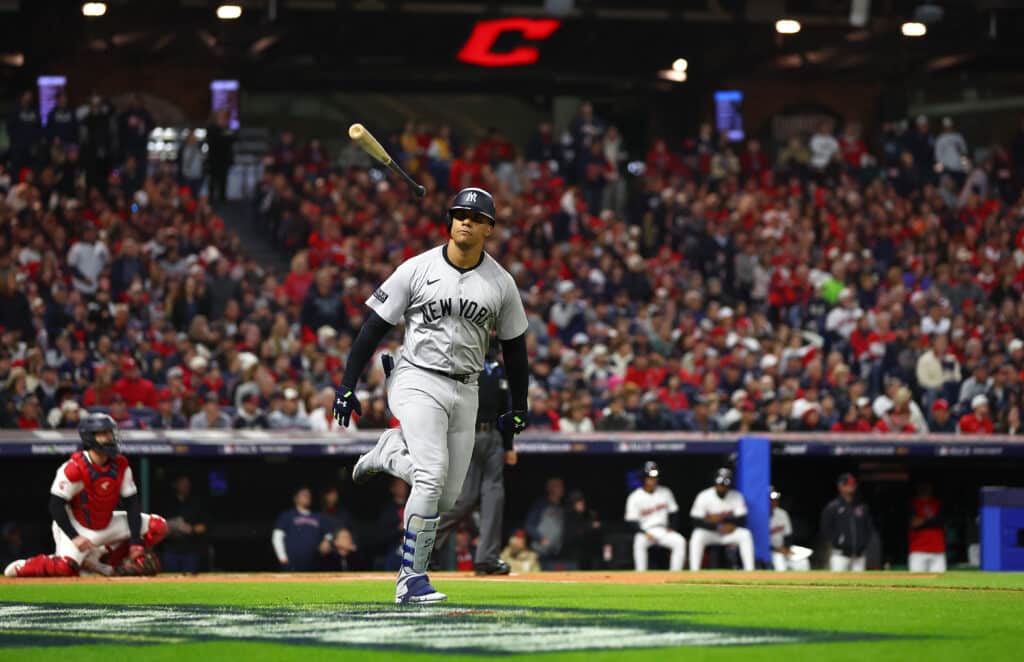AI in Sports: How New Artificial Intelligence Developments Grow the Game

As the world continues to develop, one thing remains certain: artificial intelligence is here to stay. AI has been used to advance various fields, using science and technology. Recently, it has been utilized in the world of sports. AI has found its place in sports through several different means, such as by athletes looking to boost their skills and performances, organizations attempting to enhance their relationships and interactions with fans, and officials aiming to improve the quality of games via more accurate calls and decisions.
Table of Contents
AI for Athletes
From specialized basketballs with advanced grip technology, enhancing dribbling and shooting accuracy to entire sports teams using film to study and practice techniques and different plays, athletes for years across different sports have been using technology to improve their performance. Now, artificial intelligence has become more of a factor for these athletes as they look to up their game.
Performance-based predictive modeling is one of the main ways athletes utilize artificial intelligence. This tool uses past data such as player performance, statistics, and injury history to recognize patterns and essentially forecast what’s to come for a player, including fatigue and risk of injury. Using this to their advantage, an athlete can proactively make the changes necessary to avoid a slump or injury and to continue playing to their highest ability.

Athletes can also use artificial intelligence as a means of rehabilitation. The company i-BrainTech brilliantly uses neuroscience to rehabilitate injured soccer players. The user wears a headpiece and practically controls a simulated game entirely using their brain. While these players cannot physically perform on the field, they can use motor visualization to improve neuromuscular functions such as reaction and coordination. These injured athletes can practice specific skills without having to physically strain themselves. AI is also used in rehab by doctors to personalize patient care based on patterns recognized in the patient’s body and habits.
Another way athletes use artificial intelligence for performance enhancement is through its integration into sports equipment. For example, AI-infused running shoes can adapt their cushioning level based on the user’s fatigue using movement and heart rate monitoring to optimize comfort and performance. AI golf clubs can self-adjust in weight based on tracking the user’s swing. Equipment enhanced by artificial intelligence can recognize performance levels and patterns in the individual user and adjust its attributes as necessary.

AI for Fans
Artificial intelligence has been used in sports as a tool to further the fan experience, engaging more fans as a result. For example, fans can easily learn niche statistics about players and teams by using AI chatbots. If a fan wanted to know something specific like Juan Soto‘s career batting average in April, they can ask a chatbot and easily find an answer. Easy access to knowledge regarding teams and players enhances the fan experience.

Artificial intelligence can also be used by sports leagues and organizations to improve fan engagement. During the 2020 NBA Playoffs, when COVID prevented fans from attending the games, the league partnered with Microsoft and used artificial intelligence to bring an immersive virtual experience to fans, making it appear as if the fans were “in their seats” at the games when in reality they were in the comfort of their homes.
Certain sports teams also offer virtual reality as a tool. Sometimes, it is used to make fans who aren’t actually at the game feel like they are in the midst of the action; it is also used during ticket sales to give fans purchasing tickets an idea of the view they will have at the game. Organizations also use artificial intelligence to track online traffic flow for the most optimal times and places to promote sales and events.
AI for Officiating
The widest complaint across all sports has always remained constant: poor officiating. Artificial intelligence, however, has attempted to curb this issue. MLB has been testing challenges through the Automated Ball-Strike System (ABS) during Spring Training this year. The ABS uses Hawk-Eye technology to measure each pitch relative to the strike zone. So, if a player believes that an umpire got a call wrong, they can challenge the call using a robot umpire.
Tennis is another sport that uses AI to aid officiating and assurance that the right call is made. Ball tracking technologies are used to determine whether or not a ball bounced within bounds. During the US Open, after a ball has gone out, it is common for the display screens to instantly show a simulation tracking the ball on the previous play that determines the placement of the ball before it went out of bounds. Sometimes it’s hard to tell with the naked eye whether or not an inbounds bounce occurred beforehand as the ball can be right on the line during the first bounce, but this tracking technology helps officials to ensure they are making the right call.

Who Else can Use AI in Sports?
A lot of the elements discussed here can be used in creative ways by other people in the sports industry. For example, performance-based predictive modeling can be used not only by players, but also by scouts, general managers, and opponents. Scouts and GMs can use this technology to recognize patterns in a player and determine whether or not that player would be good for their organization. Opponents can use it strategically to expose the strength or weakness of an opponent and prepare and train accordingly.
Even journalists can use performance-based predictive modeling to better study a specific athlete for a piece they may be writing, along with the use of AI chatbots to easily access statistical trends of a certain athlete or team they may be researching.
At the end of the day, artificial intelligence is making its mark in sports. Athletes train with AI, patterns, and movements of teams and athletes can be studied with AI, and even the result of a sporting match itself can be determined by AI. The more accessible it becomes, the more artificial intelligence will become a part of not only sports but also exercise and understanding of the human body in general.



